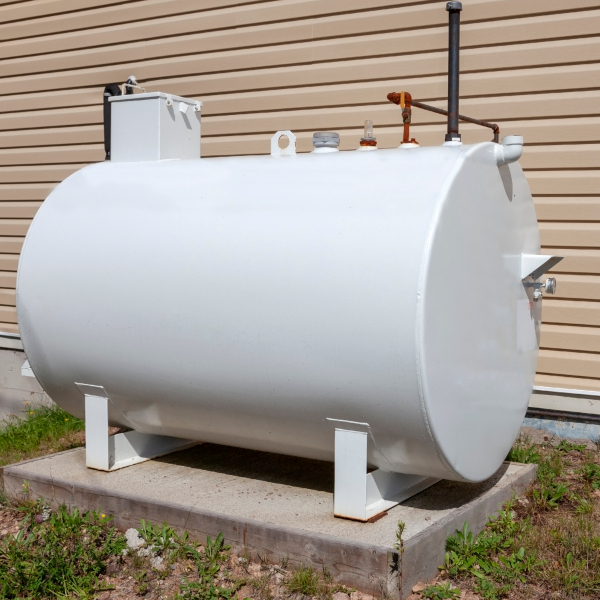Oil tanks are often ignored by homeowners, yet they are essential to the safety and function of their residences. The property owner is responsible for maintaining and repairing their heating system as well as their oil storage container. Inattention to this obligation can result in substantial environmental and financial harm in the near future.

One of the most crucial considerations when it comes to maintenance of oil tanks is knowing when it’s time to get a replacement. While regular maintenance can extend the life span of a tank for storage oil It is a given that all tanks must be replaced. Costs to replace an old oil tank are based on the various aspects. They include the size, type, and complexity of installation.
The cost of replacing the oil tank for 275-gallon tanks can range between $1,500 and $3,600 based upon factors such as the ones mentioned in the previous paragraphs. This estimate may not include particular costs, such as labor, permits and the removal of the old oil tank.
It can be expensive to replace an oil tank, however you should think about the costs that come with ignoring a tank that is in trouble. A leaky oil tank could result in major environmental damage as along with legal liability and fines for the owner of the property. In the winter months, a leaking tank can cause a loss in heat which could be expensive and risky to repair.
It is crucial to maintain your oil tank regularly and check it. It’s important to carry out periodic visual inspections as well in cleaning and checking for leaks. It is crucial to address any issues as soon as you can to save on costly repairs in the future.
When it comes to choosing a replacement oil tank, there are a few different options to choose from. Above-ground oil tanks and below ground oil tanks are among the most well-known types. Above-ground tanks tend to be smaller in cost and are easier to set up, however they are often more visually obtrusive. The installation of tanks below ground is more expensive, but they are more discrete in appearance.
In order to ensure the safety of your installation It is essential to choose an established company and experienced in replacement of oil tanks. A professional installer can not only guarantee that the tank has been installed properly, but be able to properly dispose of the old tank along with any potentially hazardous components involved in the installation.
Alongside regular maintenance and the correct installation in addition to regular maintenance and proper installation, there are additional things that property owners could take to prolong the life of their oil tank. They include:
1. Keep the tank hydrated: A full tank can stop corrosion by keeping condensation out.
2. The best fuel for your needs is high-quality. This can stop the accumulation of sediment in the tank. This can cause corrosion and blockages in the fuel line.
3. Keeping the space around the tank clean The area around the tank clear of vegetation and debris can assist in preventing damage to the tank and aid in maintenance and inspections.
4. Regularly checking for leaks can aid in identifying any issues earlier, before they become more serious and cost a lot of money to fix.
Replacement of the oil tank is an important consideration for any property owner who owns an oil-fired heating unit. Though the cost of replacement can be different depending on several factors, ignoring the need of replacement could cause significant environmental and financial damage. Staying on top of regular checks and maintenance, as as choosing a reputable, competent installer, will ensure a safe and proper installation that will ensure steady heating for many the years to come.
For more information, click oil tank replacement